Montana Neuroscience Institute Foundation was founded
In 1998, Montana Neuroscience Institute Foundation was a non-profit partnership between St. Patrick Hospital and Health Sciences Center…
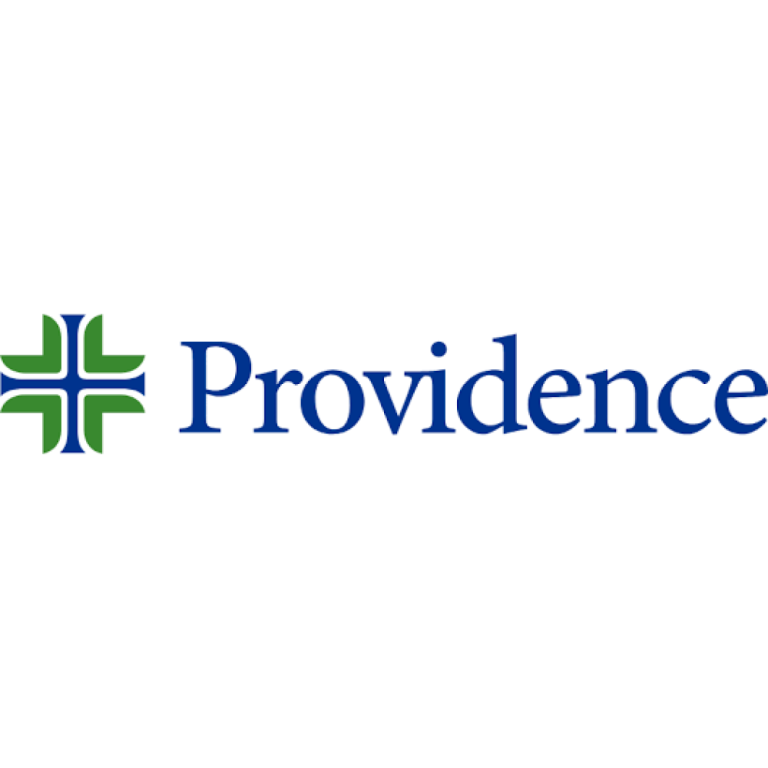
In 1998, Montana Neuroscience Institute Foundation was a non-profit partnership between St. Patrick Hospital and Health Sciences Center…

In 1998, the Cystic Fibrosis Research Center was founded at University of Iowa’s College of Medicine. Today, the…
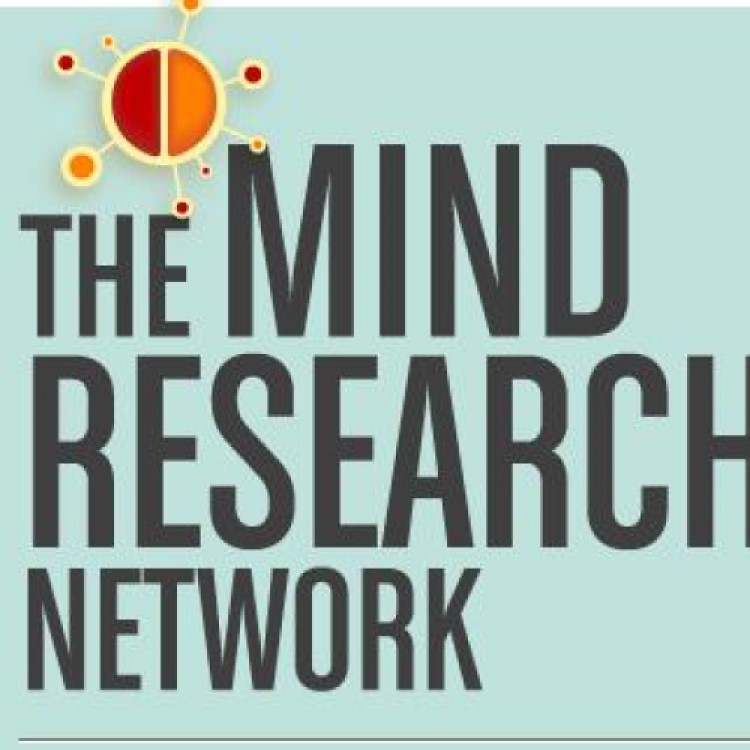
In 1998, the MIND Institute (Mental Illness and Neuroscience Discovery) was founded, now known as the Mind Research…
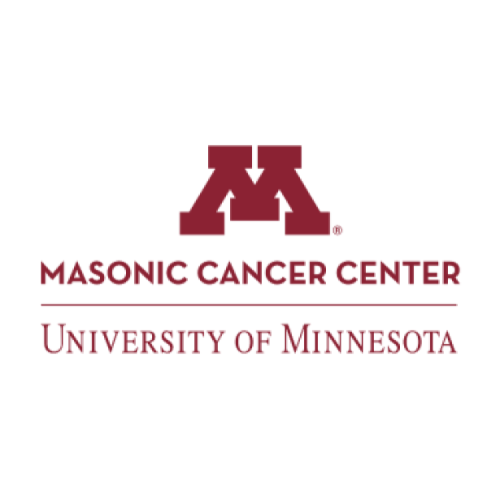
In 1998, The University of Minnesota Cancer Center, which was founded in 1991, was renamed the Masonic Cancer…
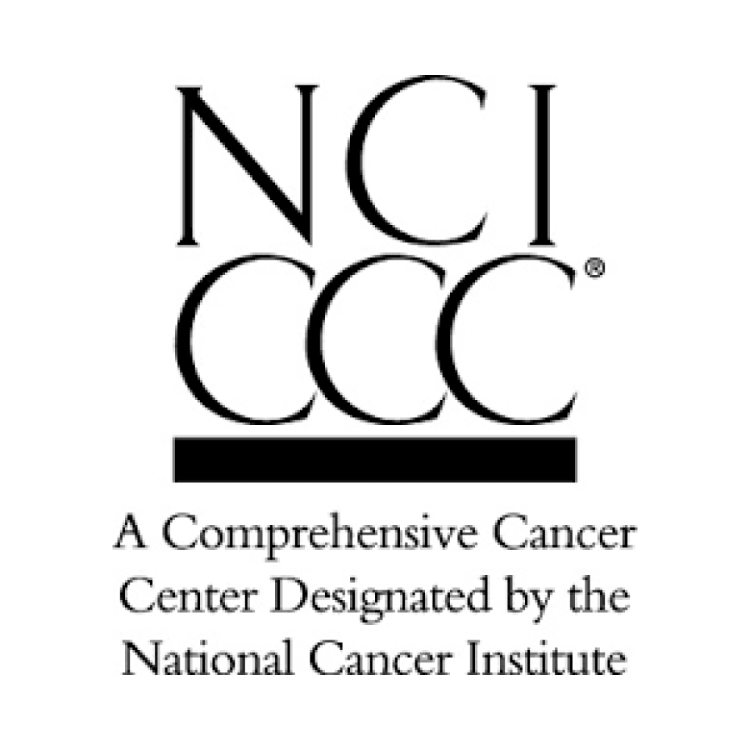
In 1998, The Case Cancer Center (Case CCC) was recognized as an National Cancer Institute (NCI)-designated comprehensive cancer…

In 1998, Elizabeth Gould of Princeton University first reported neurogenesis in an adult primate when she observed that…

In 1998, The Oregon College of Dentistry was founded in Portland.

In 1998, the The Prostate Centre at VGH, now known as the Vancouver Prostate Centre, was founded. The…

In 1998, the Neurological Sciences Institute (NSI) joined the university as its fifth research unit. NSI researchers conduct…

In 1998, National Cancer Institute (NCI) awarded the City of Hope Cancer Center NCI-comprehensive cancer center designation. City…
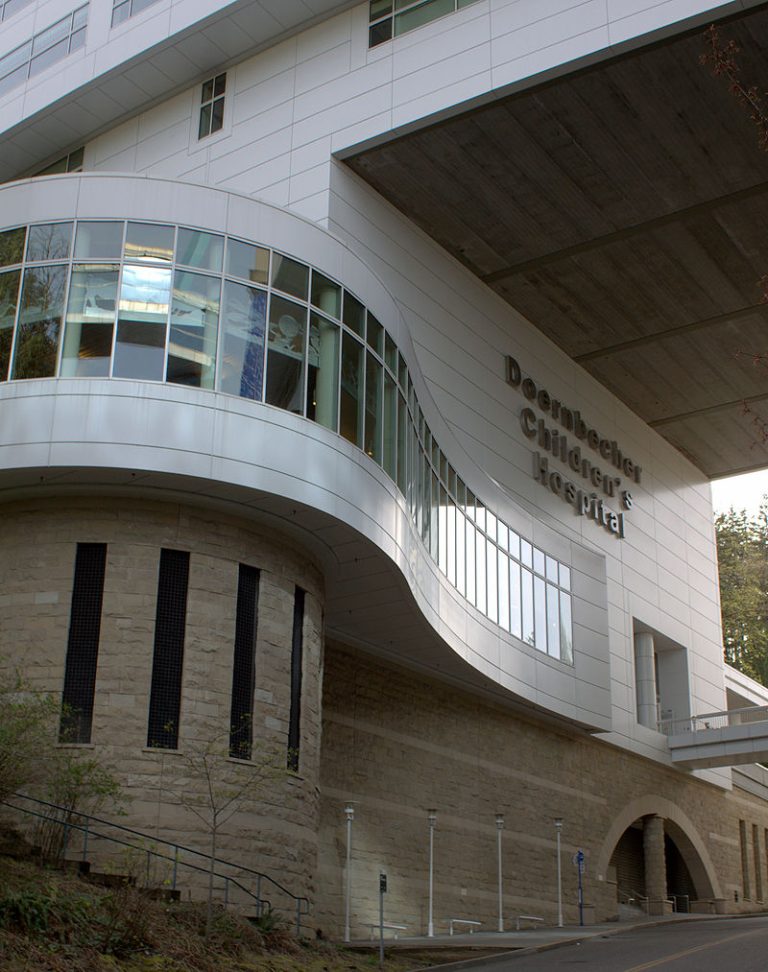
In 1998, Doernbecher Children’s Hospital’s new state-of-the-art pediatric medical complex was opened. Built with private funding and bond…
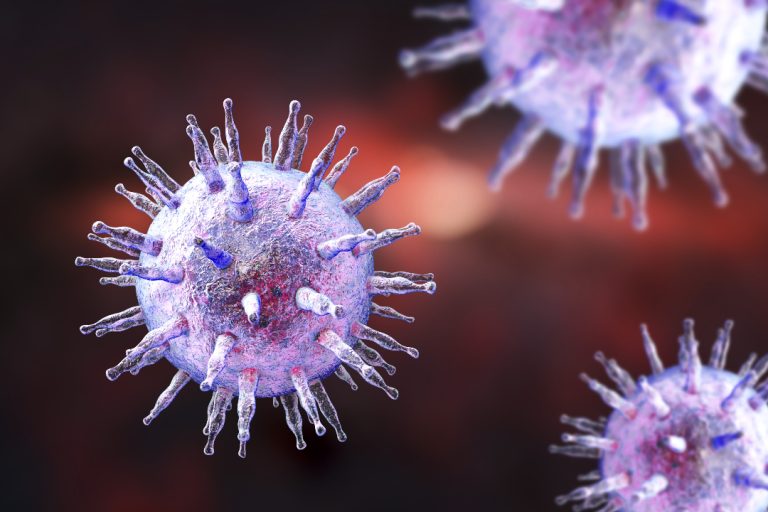
On Dec. 15, 1997, scientists from the Oklahoma Medical Research Foundation (OMRF) announced that Systemic Lupus Erythematosus (lupus)…
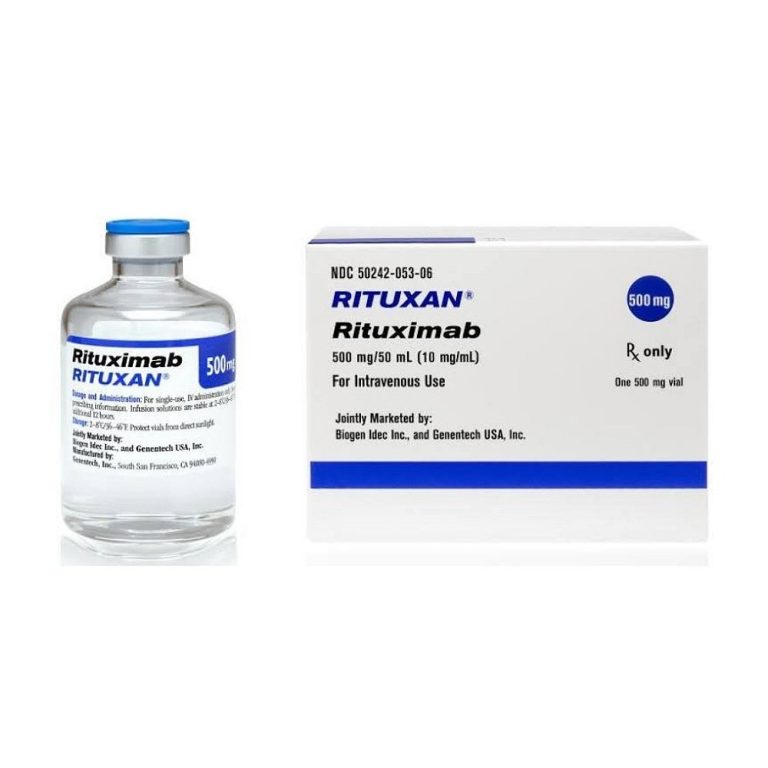
On Nov. 26, 1997, the U.S. Food and Drug Administration (FDA) announced it had approved the Monoclonal antibody…

On Nov. 11, 1997, the Universal Declaration on the Human Genome and Human Rights was adopted unanimously and…
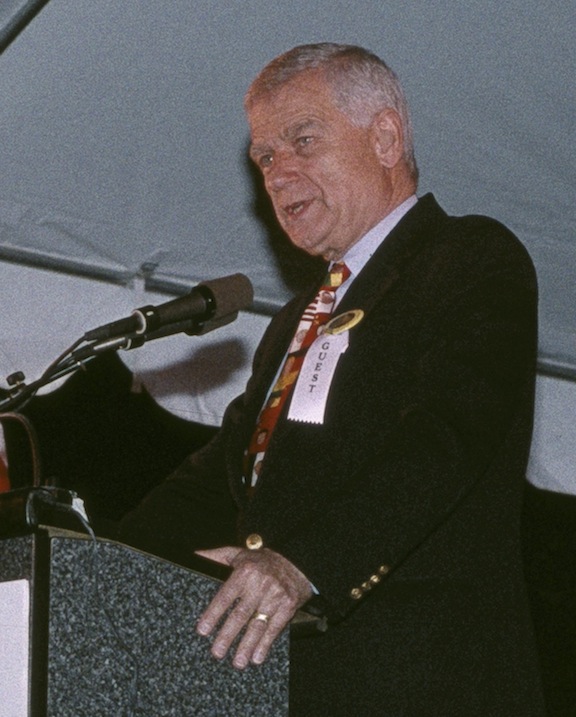
On Nov. 4, 1997, Vice President Al Gore and Senator Mark O. Hatfield attended groundbreaking ceremonies for the…
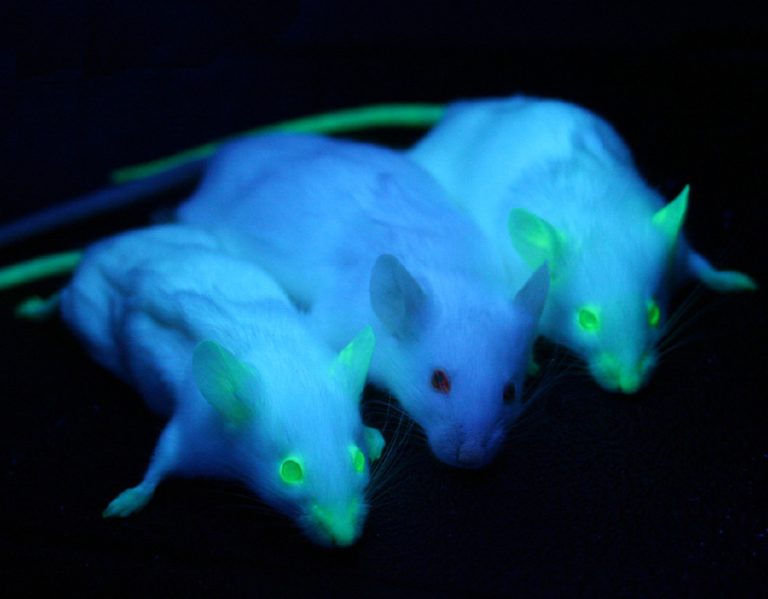
On Oct. 9, 1997, Stanford researchers announced that in a series of experiments performed in mice and rats,…
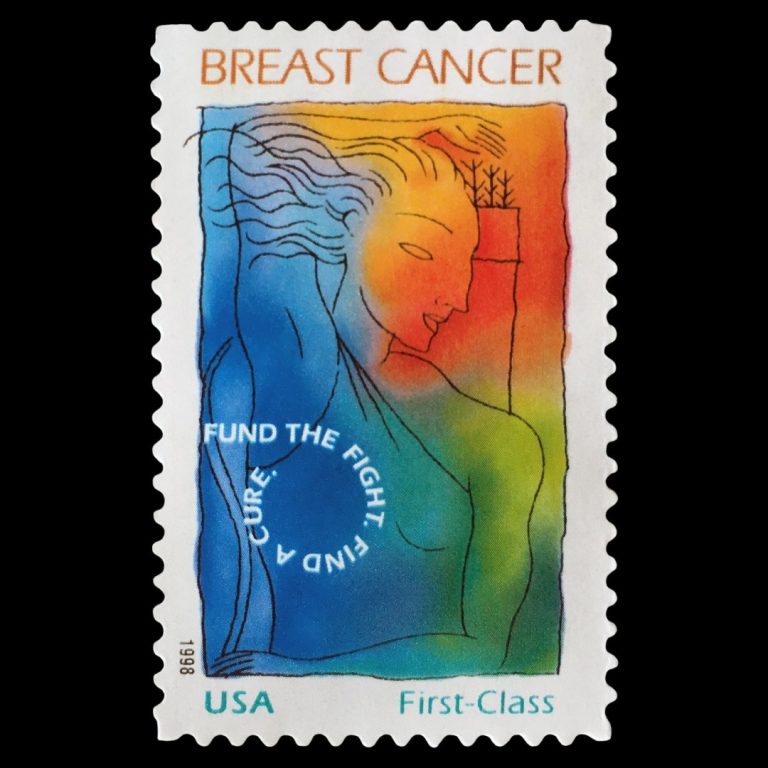
On Aug. 13, 1997, the Stamp Out Breast Cancer Act (PL 105-41) was signed into law by President…

On Jul. 1, 1997, the operations, employees and obligations of the Medical College of Virginia Hospitals (MCV), formerly…

On Feb. 13, 1997, the American Association for the Advancement of Science (AAAS) Annual Meeting and Science Innovation…
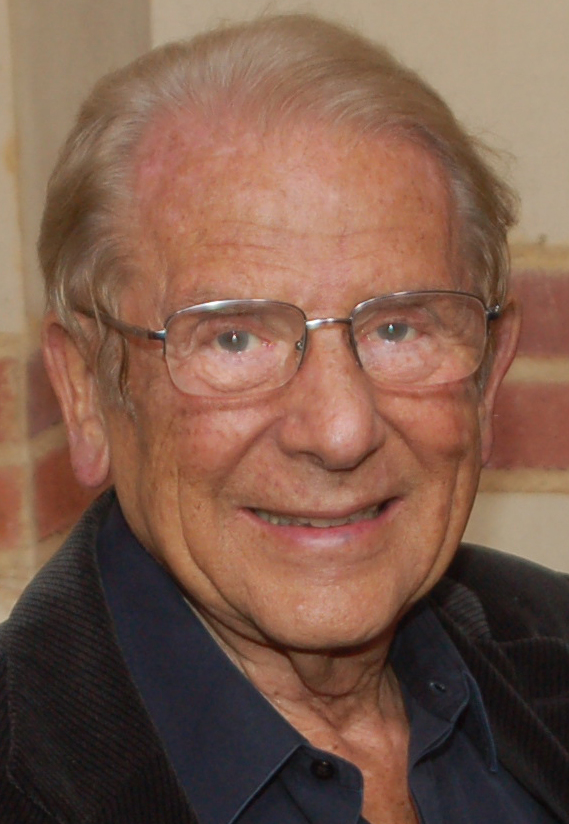
In 1998, Alfred Mann gave $112.5 million to establish the University of Southern California Alfred E. Mann Institute…
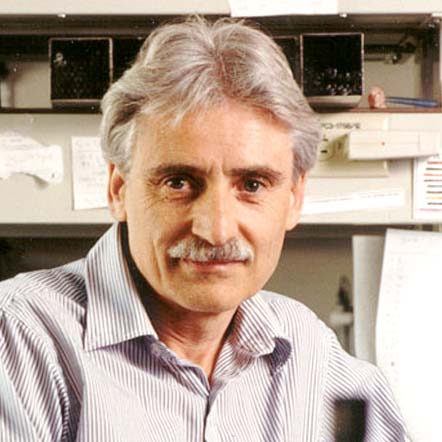
In 1997, Dr. Leland Hartwell became the new President and Director of the Fred Hutchinson Cancer Research Center….
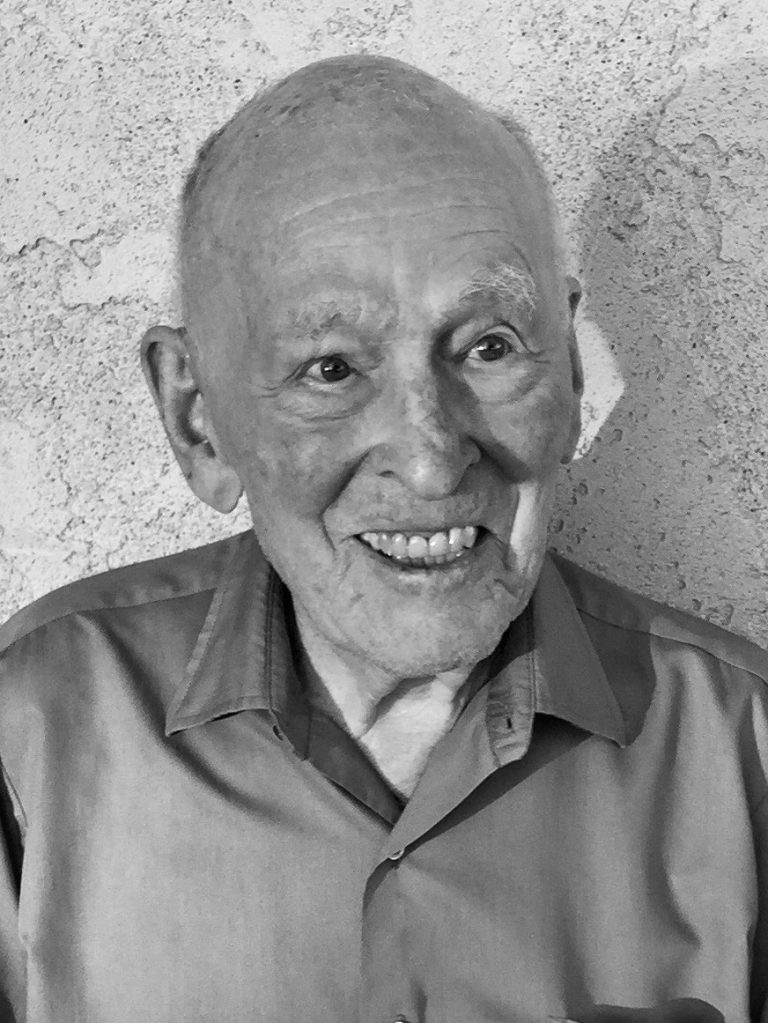
In 1997, Paul D. Boyer of the University of California at Los Angeles was awarded the Nobel Prize…
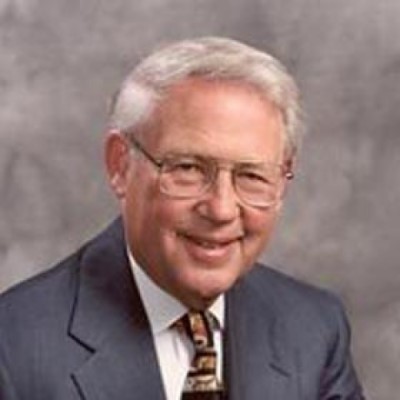
In 1997, The Fred Hutchinson Business Alliance announced that the E. Donnall Thomas Medal of Achievement would be…

In 1997, the University of Colorado Cancer Center (CU) at the Anschutz Medical Campus received National Cancer Institute…
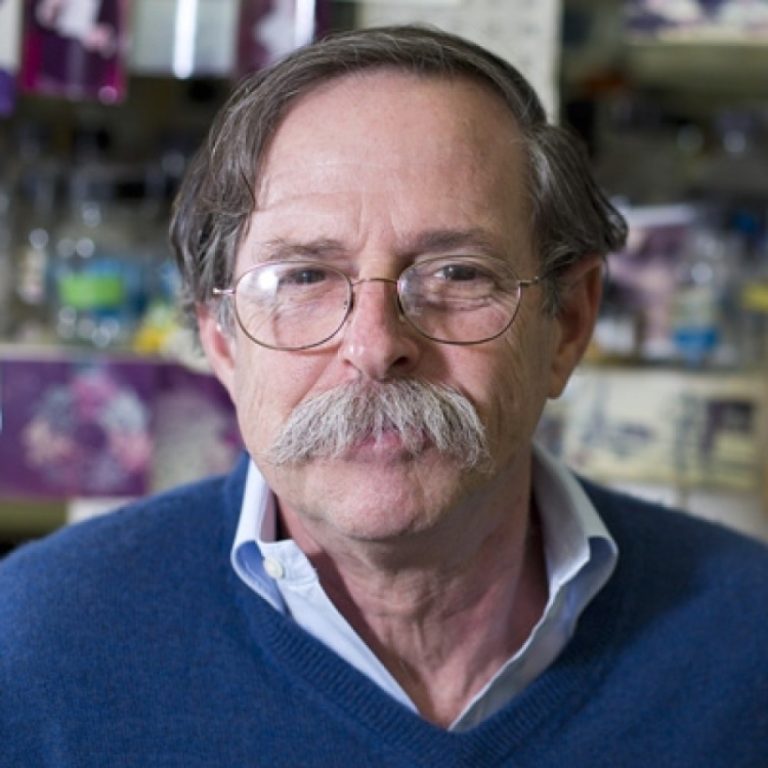
In 1997, Arthur L. Horwich, M.D. and colleagues revealed the atomic structure of a molecular protein-folding machine that…

In 1997, the Robert H. Lurie Comprehensive Cancer Center of Northwestern University received its National Cance Institute ‘comprehensive’…

In 1997, Medtronic opened Bakken Research Center in Maastricht, The Netherlands, signaled Medtronic’s expanded emphasis on international markets….
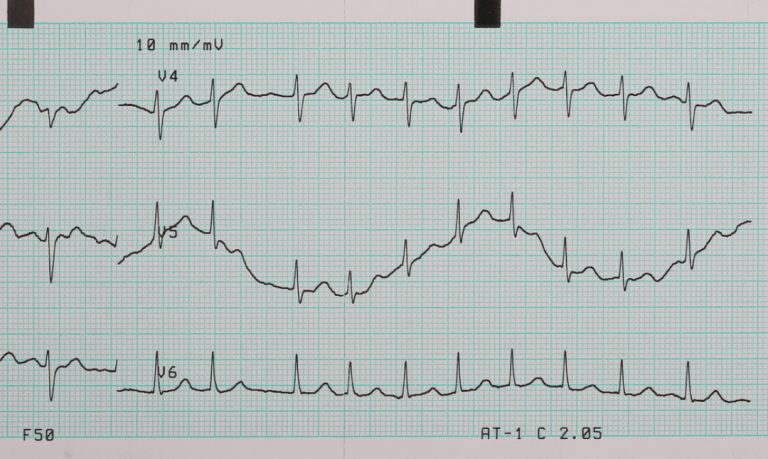
In 1997, Medtronic opened pacemaker assembly facility in Pudong, China, reflecting the importance of China as a key…
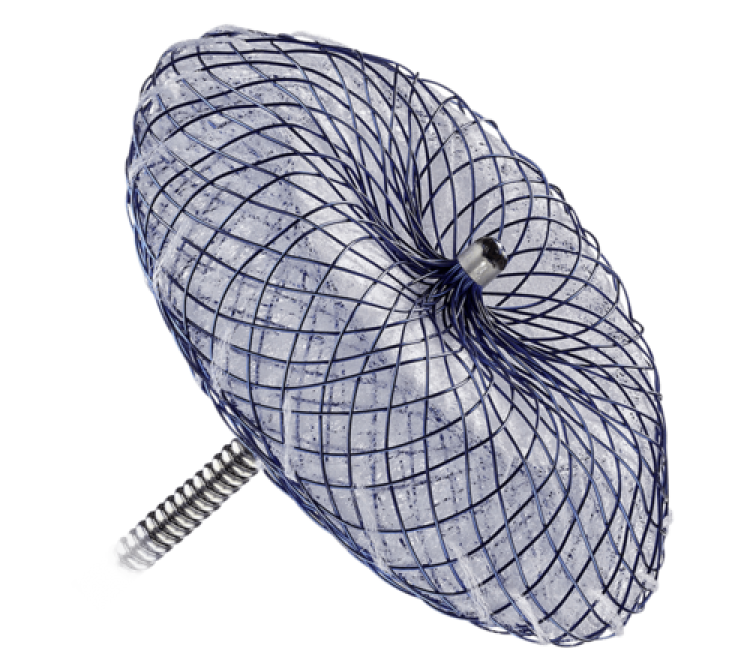
In 1997, Kurt Amplatz invented the Amplatzer Septal Occluder. The device is inserted by percutaneous catheter placement, thus…

In 1997, Kurt Amplatz, MD and son-in-law Frank Gougeon founded AGA Medical. The company, based in Plymouth, designed…